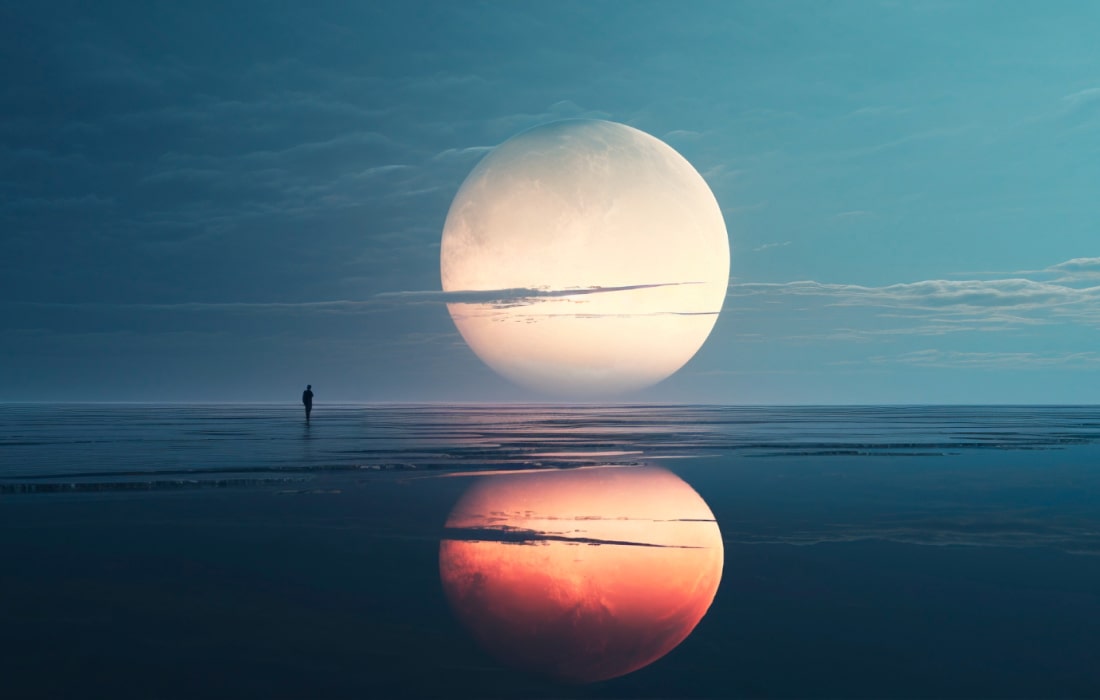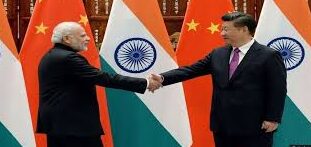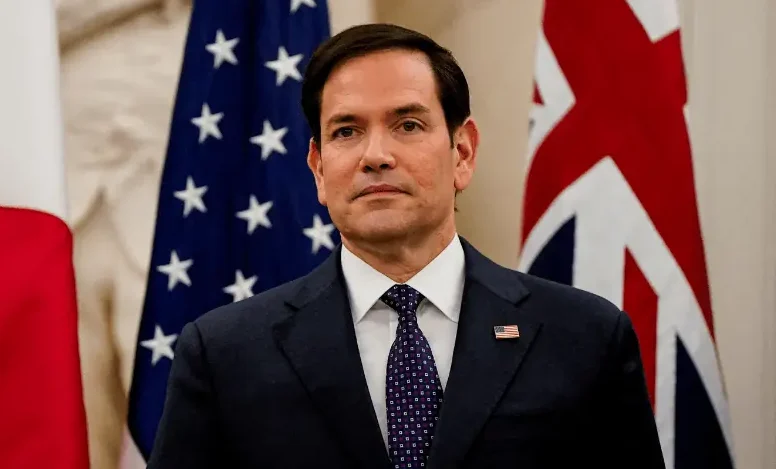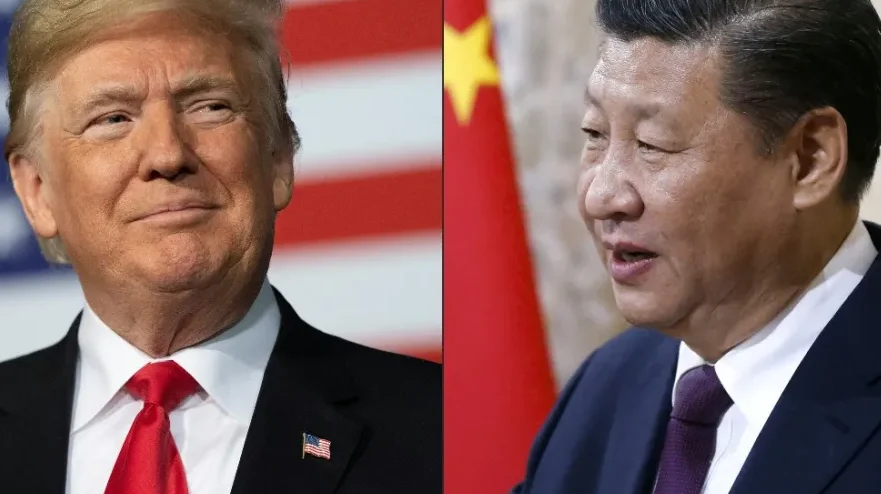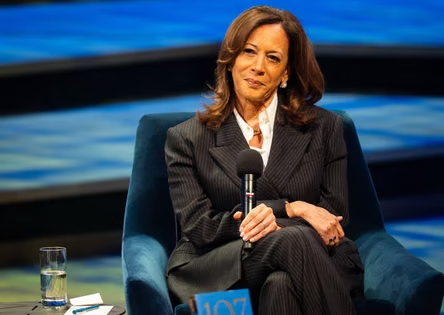In his 2020 book The India Way: Strategies for an Uncertain World, Indian Foreign Minister S. Jaishankar wrote that Delhi must “engage America, manage China, cultivate Europe, reassure Russia, bring Japan into play, draw neighbours in, extend the neighbourhood and expand traditional constituencies of support.”
That balancing act is being tested like never before.
For years, India has pitched itself as a rising power in a multipolar world, keeping ties with Washington, Moscow and Beijing all at once. But the framework is under strain. Former U.S. President Donald Trump has turned from supporter to critic, accusing India of financing Russia’s war in Ukraine by buying cheap oil. His administration has slapped higher tariffs on Indian goods, while publicly rebuking New Delhi.
Against this backdrop, Prime Minister Narendra Modi’s upcoming meeting with Xi Jinping in Beijing looks less like a diplomatic victory and more like a cautious attempt to patch things up.
A foot in every camp
India is part of the U.S.-led Indo-Pacific Quad with Japan and Australia, but it also belongs to the Shanghai Cooperation Organisation (SCO), a bloc steered by China and Russia that often challenges American influence. It buys Russian oil at discounts while courting American investment, and it will join SCO talks in Tianjin next week.
Beyond that, there’s the I2U2 group with Israel, the UAE and the U.S., focused on food and technology, plus a trilateral initiative with France and the UAE.
Analysts say this isn’t confusion, but strategy. India wants “strategic autonomy” working with different sides to boost its leverage.
“Hedging is a bad choice. But the alternative of aligning with anyone is worse,” said Jitendra Nath Misra, a former ambassador now teaching at OP Jindal Global University. “India may not be fully confident of holding its own by aligning with a great power. As a civilisational state, it seeks to chart its own path.”
Limits of power
India’s ambitions, though, often outpace its capabilities. Its $4 trillion economy ranks fifth in the world, but is still far smaller than China’s $18 trillion or America’s $30 trillion. Its defense sector relies heavily on imports, making it the second-largest buyer of arms but not a top exporter.
That gap in power shapes Modi’s diplomacy. His Beijing visit comes after years of frosty ties following the deadly 2020 Galwan border clash. Today, India’s trade deficit with China stands at $99 billion more than its entire defence budget for 2025–26.
Recently, China has softened its tone. Its ambassador in Delhi called U.S. tariffs “bullying,” and Foreign Minister Wang Yi urged the two countries to act as “partners” instead of “adversaries.” Still, many wonder why India is warming up now.
“What is the alternative?” asked strategic analyst Happymon Jacob on X. He argues that managing China will remain India’s “core strategic preoccupation” for decades.
Between Washington and Moscow
India’s ties with Russia remain steady despite Western sanctions. Cheap Russian oil is key to its energy security, and Jaishankar’s recent Moscow visit highlighted Delhi’s desire to keep relations close. Analysts say India wants to prevent Moscow from drifting entirely into Beijing’s orbit, especially as ties with Washington sour under Trump.
Trump’s repeated claims of mediating in India’s conflict with Pakistan, along with his stalled trade deal and harsh words on Russian oil, have irritated Delhi. Critics note that China, a much larger buyer of Russian crude, escapes similar criticism.
But history suggests rifts don’t last when larger interests align. U.S. sanctions after India’s nuclear tests in 1974 and 1998 were eventually followed by a landmark nuclear deal, showing that the relationship can bounce back.
The bigger debate
Some argue India should stop hedging and throw its weight behind Washington. Ashley Tellis of the Carnegie Endowment says multipolarity weakens India’s security. Since the U.S. still outpaces both China and India, he argues, Delhi should form a privileged partnership with America to contain Beijing.
Others disagree. Former Indian ambassador Nirupama Rao calls India a “titan in chrysalis” too big and ambitious to tie itself to one camp. Flexibility, she says, is not weakness but independence in a fractured world.
What most agree on is that India doesn’t trust a China- and Russia-led order, even if it sees value in keeping lines open. “Frankly, India’s choices are limited,” said Sumit Ganguly of Stanford University’s Hoover Institution. “The rivalry with China will endure. Russia can be relied upon, but only to an extent. And while Trump complicates ties with Washington, the U.S.-India relationship will survive. There’s too much at stake.”
For now, India’s best option may simply be patience. As Misra puts it, “India doesn’t appear to have a better choice than to take the blows from the U.S. on the chin and let the storm pass.”
